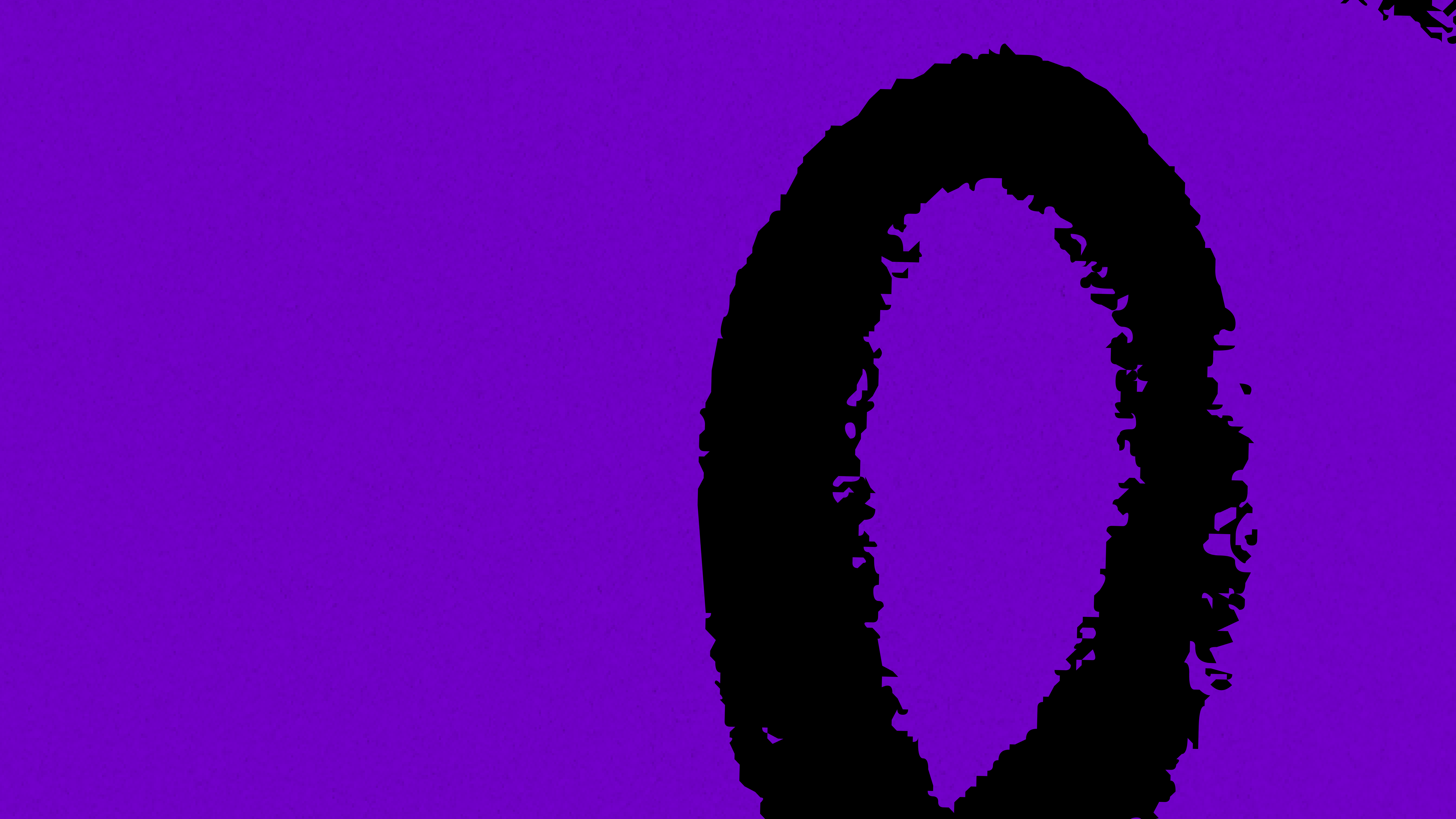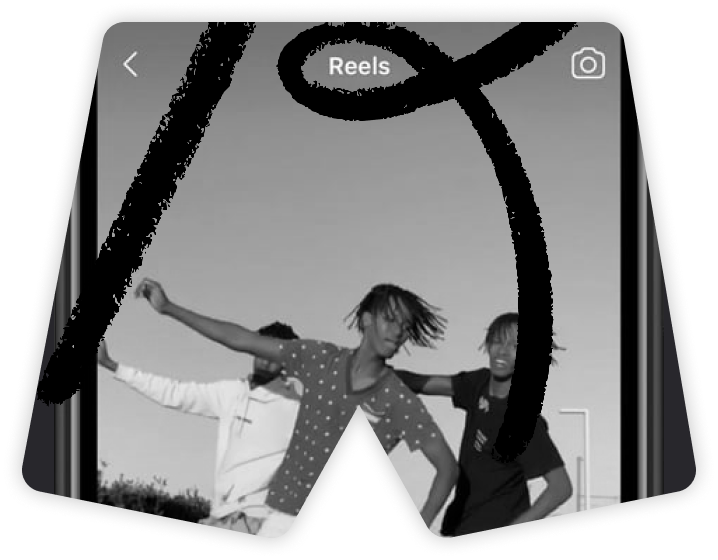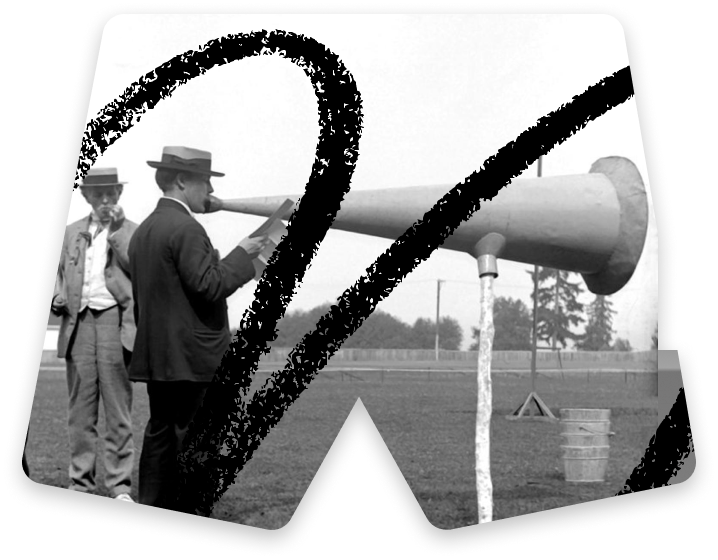
Three Shorts: Instagram, Spotify, Substack
The strategy behind the news, in as few bullet points as possible
November 18, 2020
Hey! Welcome to Three Shorts, a recurring series where I unpack the strategy behind the news in as few bullet points as possible.
Enjoy!
Instagram’s redesign — aggressive! 😯
What happened?
- Last week Instagram added “Reels” and “Shop” to the app’s homescreen, which is used by over 500m users daily.
- Both Reels and Shop originally launched in the US this summer, buried behind a few taps in the “Explore” tab.
- Predictably, users are unhappy with the change. The replies here are pretty savage, but perhaps beauty vlogger James Charles summed it up best: “I hate it here.”
Why? What’s the strategy?
Will it work?
Spotify’s Megaphone acquisition — underrated 👏
What happened?
- Last Tuesday, Spotify announced that they acquired Megaphone for $235m.
- Spotify has now spent a total of $831m on podcasting companies. (Previously they acquired Gimlet, Anchor, Parcast, and The Ringer.)
- So, what is Megaphone? They’re one of the most popular podcast hosting platforms for large publishers like Vox Media, Conde Nast, Disney/ESPN/ABC, Bloomberg, and iHeartRadio.
- Their signature functionality is the dynamic ad insertion technology. Publishers can insert their own programmatic ads, or let Megaphone sell dynamically targeted ads for them through their ad network.
Why? What’s the strategy?
- When Spotify acquired Gimlet and Anchor last year, many observers assumed their plan was to drive paid subscriptions by making Gimlet podcasts exclusive.
- But some astute observers, like Ben Thompson, predicted that Spotify’s real plan was to build a centralized ad network for programmatic advertising on podcasts.
- Many advertisers avoid podcasts because they don’t have the audience targeting and ROI tracking capabilities that other formats provide. You’ve got to pay a podcast host to read your ad, even though you might only want to reach a subset of the audience.
- By joining forces with Megaphone and gaining access to the large publishers in their ad network, Spotify will greatly expand the supply of ad inventory they can sell to brands.
- This will also allow Megaphone’s customers to use Spotify’s Streaming Ad Insertion technology, which sells verified ad impressions in the Spotify app, rather than downloads, which aren’t always played.
- The goal is to become something like the Facebook of podcasts — the centralized network where attention flows and advertisements are bought and sold.
Will it work?
- I think this is Spotify’s smartest podcast acquisition yet.
- It made sense that they started by acquiring podcast creators like Gimlet, Parcast, and The Ringer directly. They needed to, in order to have supply of ad inventory they could use as their first and best customer for Streaming Ad Insertion.
- The purchase of Megaphone gives Spotify a direct relationship with many of the largest podcast publishers, and cuts off their biggest potential competitor in the market for programmatic podcast ads.
- It makes a ton of sense, and frankly deserves way more attention than it’s getting.
Substack’s reader app — intriguing 🧐
Disclaimer: I am biased! I was the first employee at Substack and have a vested interest in their success. But I’m doing my best here to be objective :)
What happened?
- A few days ago, people started tweeting about Substack’s new “Reader” product — a place to read all your Substack newsletters outside your email inbox.
- We don’t have any details or official word from Substack yet, and reader.substack.com just takes you to a beta signup page, but there is one product screenshot:
- There’s a sidebar with links to all the Substacks you follow, and an “inbox” with a consolidated list of all your new articles.
Why? What’s the strategy?
- Substack’s goal is to increase the amount of Substacks people stay subscribed to — they make money when writers make money.
- The problem is, our inboxes are overflowing with stuff. When we’re batting away emails, we’re not always in the mood to read.
- This can cause readers to unsubscribe from publications that they may have remained a happy customer of, if only there were a better reading experience.
- This is also the first interface from Substack aimed at readers. Unlike publication websites and emails, Substack totally controls it.
- They could use this space however they want. For example, to recommend other newsletters or articles you might like to read.
- Driving discovery for writers would be a key way to keep publishers on the platform.
Will it work?
- It’s extremely hard to establish a new top-level habit — a destination readers go to habitually, rather than arriving there via some other habitual source.
- There needs to be fresh, interesting content every time a user wants to visit. This could be as often as dozens of times a day. If there’s nothing new or interesting, people will revert to more ingrained habits like Twitter.
- This is why Substack started with email. It provided a place to distribute content that people were already in the habit of visiting.
- It’s also why Substack created web versions of posts — they can be visible in Twitter, Facebook, and messaging apps. (All top-level habits.)
- The big question for Substack is whether a list of articles can pull people away from short-form and social experiences like Twitter that require less energy to consume, and feel less one-way.
- Another risk is whether users will use the Substack Reader, then turn off emails for their publications, then eventually forget about them and churn.
- This is a tough one to predict. I give it a 50-50 chance of being a really big deal for Substack. It’s unclear whether it’ll work, but if it does, the impact would be huge.
- That’s exactly the kind of project I’d want to work on if I was still at Substack.
Find Out What
Comes Next in Tech.
Start your free trial.
New ideas to help you build the future—in your inbox, every day. Trusted by over 75,000 readers.
SubscribeAlready have an account? Sign in
What's included?
-
Unlimited access to our daily essays by Dan Shipper, Evan Armstrong, and a roster of the best tech writers on the internet
-
Full access to an archive of hundreds of in-depth articles
-
-
Priority access and subscriber-only discounts to courses, events, and more
-
Ad-free experience
-
Access to our Discord community







Comments
Don't have an account? Sign up!